In a permaculture kitchen garden, plants grow naturally without any interference. If you are interested in following Permaculture kitchen gardening rules, you will grow your food in a sustainable system.
The principles of permaculture allow you to build a healthy vegetable garden that depends upon natural resources. In this way of gardening, you will take advantage of all the natural resources like sun, wind, and water.
These resources help to promote growth and provide you with good production of fruits and vegetables. In this design system, you have to focus on forming a balanced and beneficial relationship between people, plants, soil, and animals.
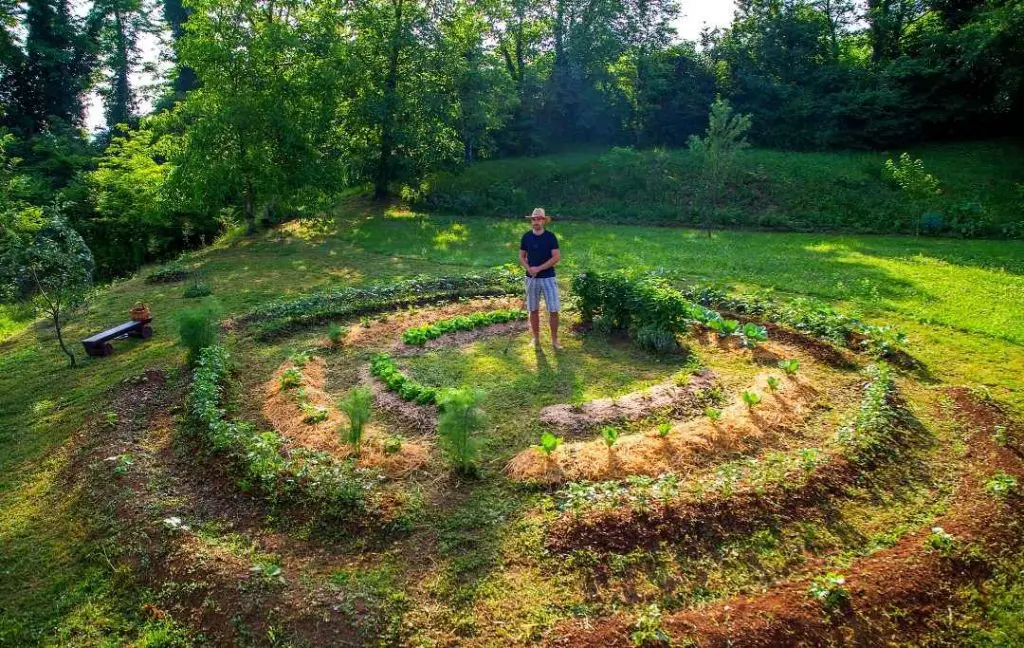
In contrast to conventional gardening, a natural growing system contains a continuous cycle. The dead plants become mulch for new growth. In the same way, a permaculture kitchen garden creates a similar cycle where the waste material of the garden will turn into valuable compost.
You will also see slug pellets and weed killers replaced by natural predators and natural competition. Bill Mollison, co-founder of permaculture said that it is about working with nature, not against it.
The basic principle of permaculture is to make a design that unifies natural systems of food production and human habitats.
What Is Permaculture Gardening?
In this way of gardening, the concept of designing your garden is based on your local environment. If you make the design of your garden according to the principles of permaculture then you will see this design consider all the needs of the natural ecosystem and climate.
This will also improve the quality of soil and helps to improve the health of the soil. Care for the earth and care for people are basic permaculture ethics.
The Permaculture Kitchen Garden Is A Major Hub In Your Home System
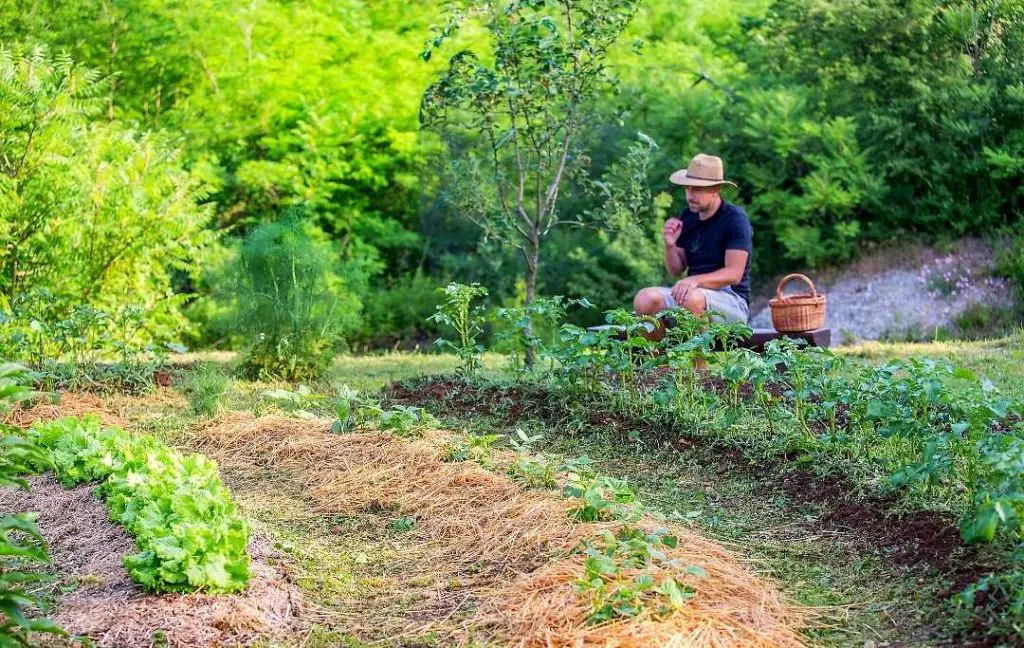
If you apply permaculture principles to your veg patch then you will get better results. Fresh vegetables for your kitchen is not a dream. After harvesting the vegetables start losing flavor and nutrients over time.
If you grow them in your garden then you can get fresh vegetables with incredible flavor. In a permaculture kitchen garden, nature will work for you and soil builds up gradually over time.
Before starting your kitchen garden, you should understand what a permaculture garden means to you. It offers a lot of flexibility and you can design and structure your garden according to your choice.
First, you should think about your priorities and then think about various factors such as productivity, sustainability aesthetics, and more. The permaculture principles will help you to grow fresh food for your family and you can stay connected with nature.
The design of your garden is very important, it should follow principles of Permaculture.
How To Start A Permaculture Kitchen Garden?
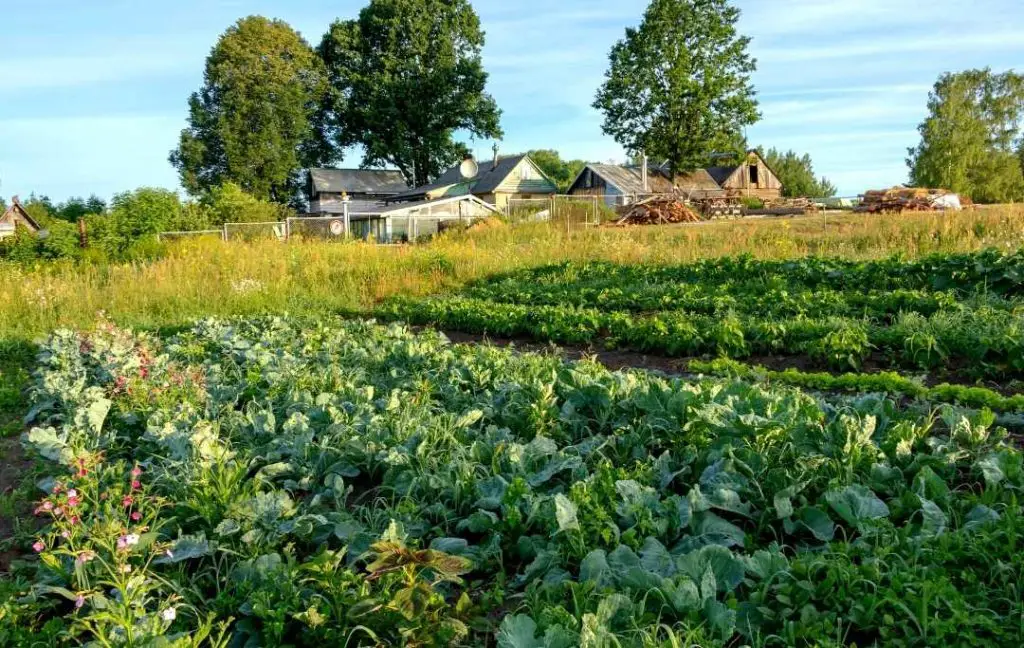
After getting all the essential information about permaculture then you can start your garden according to its rules and principles. I know it is very difficult to figure out what your priorities should be.
At the start, it is very difficult for you to do everything in order. But following the simple and easy steps of starting a permaculture garden will help you out. It is necessary to read this article carefully so you will understand all the steps.
Step 1: Decide Where Your Garden Will Go
If you have a large backyard then you can convert it into a permaculture kitchen garden. The only thing you have to think about is which part of the yard your garden will go to.
The best thing about a permaculture kitchen garden is that you can start it in any shape and size. If you don’t have a perfect piece of land then don’t worry about it, the ideas and principles related to permaculture will produce food for you.
Step 3: Observe Your Land
This is a very important step you should not skip. You observe your yard hundreds of times and will discover all the things you didn’t know. Here we give you a small list of important points on which you should think.
- Look at the yard very carefully and observe if there is a slope in any section.
- After the rain, you can observe and try to find that part of the yard that seems to be a pool. this is the part of the ground which might be too but for things to grow.
- If your yard has a big tree then you should avoid planting in that area, because the ground is full of roots of the tree and it will also block the sunlight for other plants.
- What type of animals and insects do you find in your yard?
- If you have unique resources then you should take advantage of them.
- Identify the area of the yard which received full sun exposure. You should grow those vegetables in that area which needs more sunlight. The area of the yard which receives less sunlight should be educated for those plants which want less sunlight.
Step 3: Design Your Garden
Whenever you start anything the planning is very important. Without making a plan you can’t succeed so you should not skip this step either. Make a design that is perfect for your yard.
During the design making, you should keep all the necessary things in your mind. It will save you money and effort, and a poor design will ruin your effort.
Carefully observe different factors such as shade and elevation of the area on which you want to start your permaculture kitchen garden. The water sources should be near to your kitchen garden so you can easily water your plants whenever necessary.
A water source may be a water tap or a pond or something else. If your water source is far away from your garden then let me tell you one thing, it is not a wise choice.
The location of your plants is also very important. You should select the location of plants according to the size and requirement of your plants. When the plants grow, they will take more space.
As you are growing a kitchen garden then think about what type of vegetables and fruits you like to grow. You can get all the information about fruits and vegetables which can grow in your area or climate easily.
It’s all about your choice to grow any vegetables in your yard but consideration of climate is very important.
It is recommended to draw a rough sketch of the map. It means, there is no need for an expert to draw a map. But your sketch has all the details so you will not face any difficulty when you start your garden.
This is the best way to accomplish your goal rather than just having a vague idea in your mind.
It may happen, when your design is ready then you will see some aspect does not make sense. At this point, it is better to take out an eraser and fix the point.
During the sketching process, your goals and needs may change, so you should change your design also. If you measure your yard before drawing the map then you will get a more accurate drawing.
Read More
- 10 Best Permaculture Garden Designs
- Permaculture Garden Techniques Every Beginner Should Know
- Best Plants For Berms And Swales
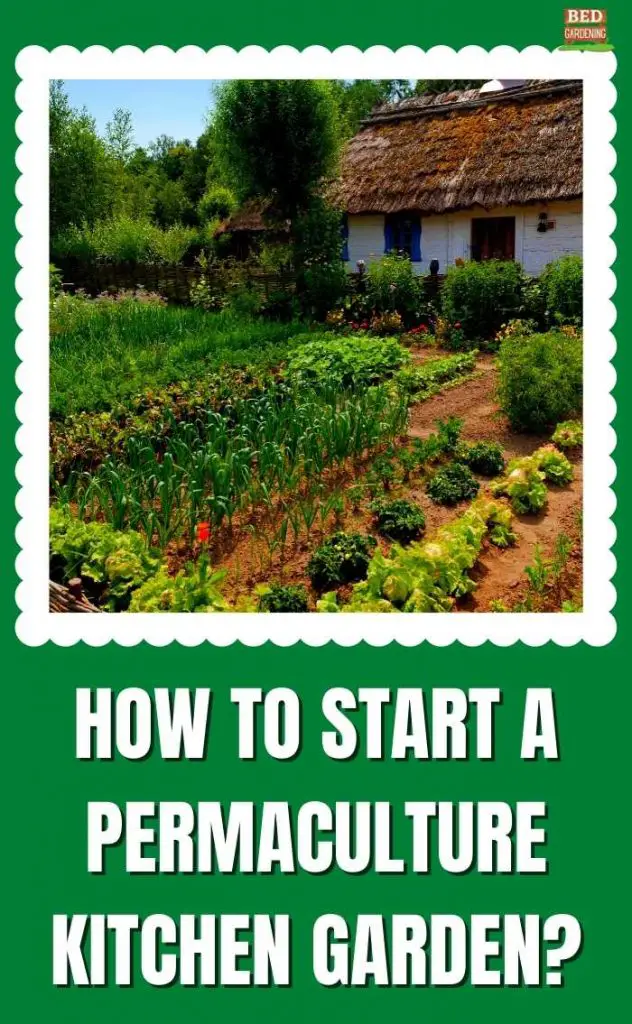
Step 4: Put In Water Systems And Other Infrastructure
A water system is an important part of your permaculture kitchen garden because the failure and success of your garden depend upon the water system. Water is an important factor that plays an essential role in the growth of your vegetables.
During the observation of your growing area, you have to figure out which area of your garden where water accumulates and where water runs away from your garden after the rain. This will help you to understand the need for water in different areas of the garden.
If you have a large area for creating a garden then you might want to put it in a swale. A swale is a ditch where you can collect water and water will pool away naturally.
The barrel or cisterns will also help you to capture the rainwater which you can use in the future for different purposes such as watering or washing crops and tools.
Step 5: Build And Prepare Your Beds
After deciding the area for your permaculture kitchen garden then the next important step is deciding the spot planting and sheet mulching. The other name of sheet checking is designer gardening.
This is the way of creating a larger plantable area. In this method, you will use a layer of materials such as wood chips, straw, leaves, cardboard, compost, and others.
In permaculture, you should not remove grass by digging or tilling but simply start mulching on the top of it. The grass which is underneath the layer of mulch will die soon and become part of the soil.
In this way, you should not have to do more work to remove the grass from the ground. Without tilling or digging, grass will be removed from your growing area.
Digging or tilling of the soil will also disturb microbes in it. Microbes play an important role in the process of decomposition. The weed seeds which are buried underground will germinate after digging.
Sheet mulching indeed takes time in the decomposition process of materials. The best time for mulching is in the fall so you can easily start planting in the spring. Mulching is also helpful in retaining the moisture within the soil. It suppresses weeds which are unwanted plants.
The other useful method of growing is spot planting. This method is used for covering smaller areas. First, you should dig a hole for a small section of grass after that plant into the soil. Spot planting is a beneficial method for permaculture kitchen gardens.
Step 6: Grow Perennial Vegetables And Herbs That Are Adapted To Your Site, Soil, And Climate
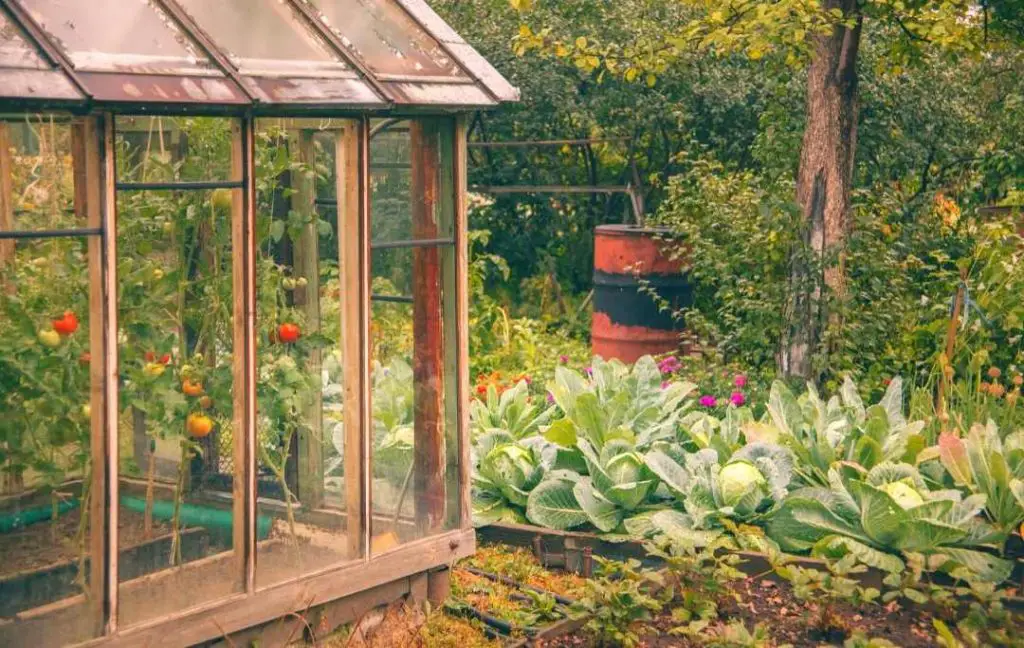
Growing vegetables in your garden need your time and attention. For vegetables, you should choose a sunny spot in your garden so they will give the best flavor and nutrition. 6 hours of sunlight is very important for the growth of your healthy vegetables.
After selecting the best spot for your vegetables, the next step is the selection of the vegetables, herbs, and fruits which you can grow in your garden.
Asparagus and rhubarb are best for any garden because they are huge time savers. Perennial plants are best for permaculture gardening because they enhance the beauty of any garden.
Moist soil is recommended for the growth of rhubarb so you should choose that area of your yard that stays most for a long time after rain.
Deep-rooted vegetables get nutrients below the surface of the soil. The lower level of the soil breaks up due to these vegetables. You can grow leeks because it is a permanent crop.
After picking the few bulbs, leave the rest of the plant to multiply. They like to grow in shady areas so you should plant them near currant or gooseberry bushes. Broccoli is another option for you. Chards will decorate your growing area.
You can also grow blueberries, currants, grapes, raspberries, and other small fruits which will add structure to the landscape of your permaculture kitchen garden.
You can install a trellis or any support system for the plants. Training them over a fence or trellis is often quite practical. If you have a small yard then grapes are the best option.
Read More
